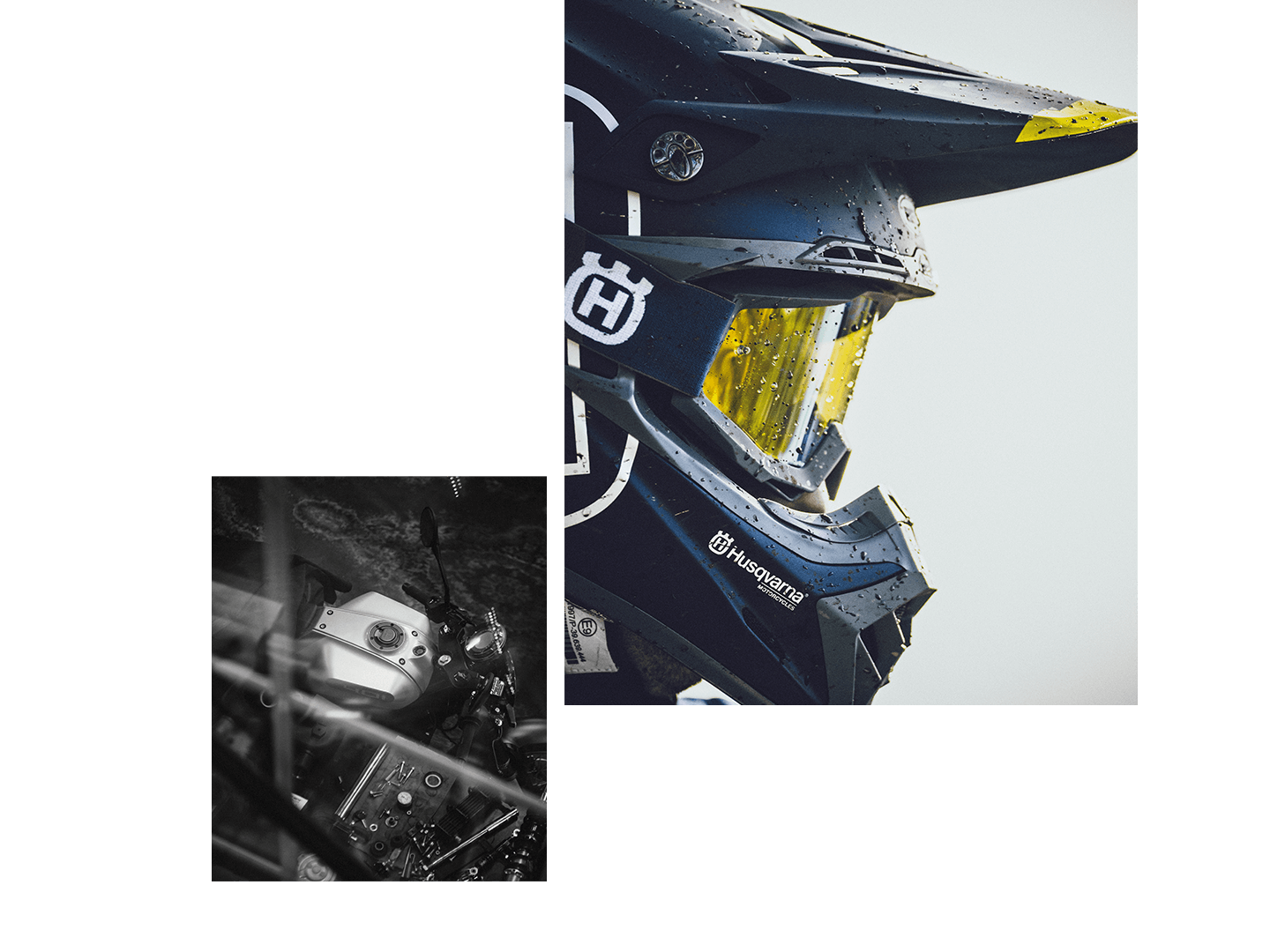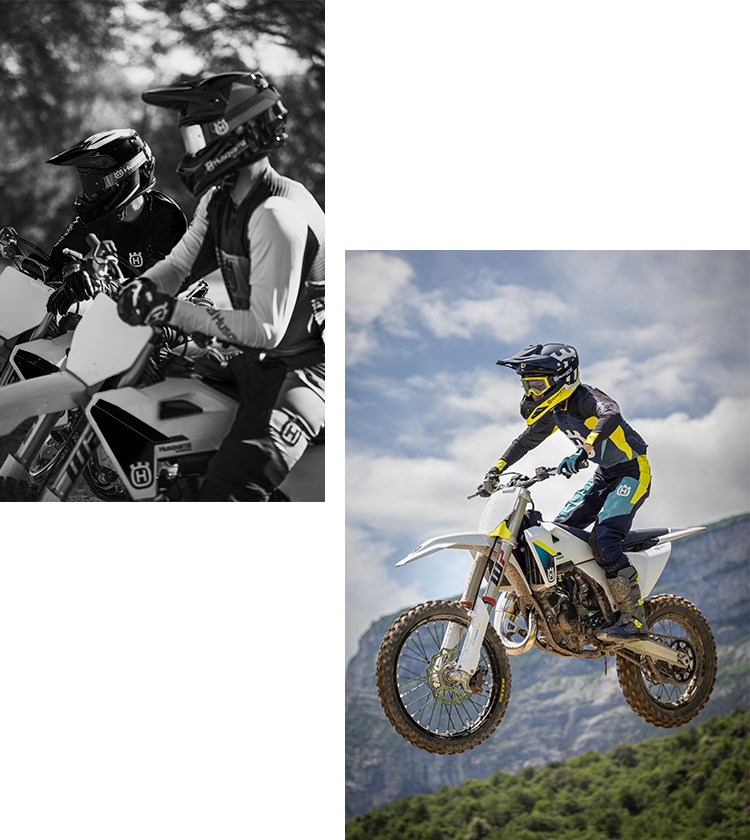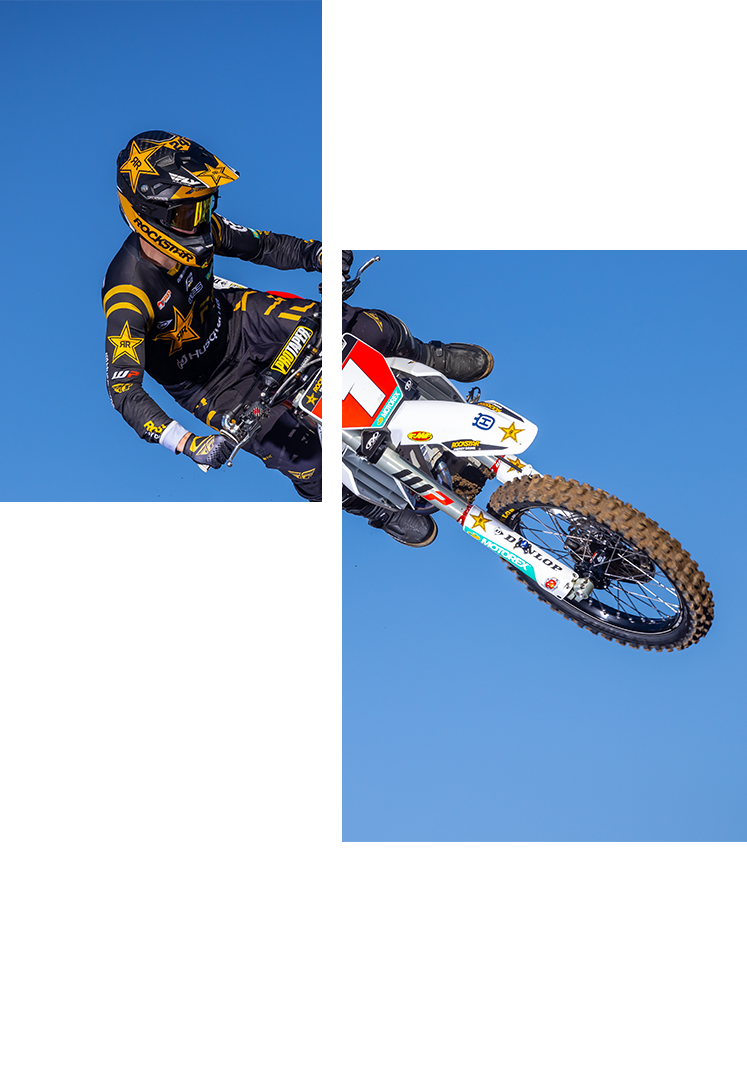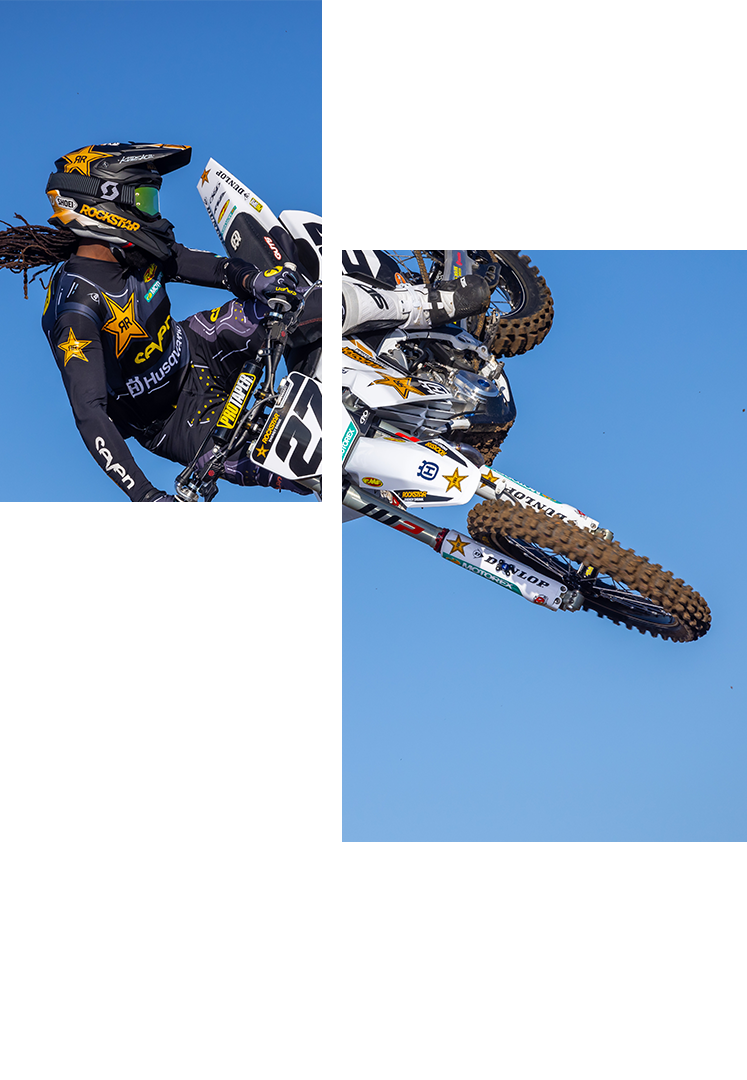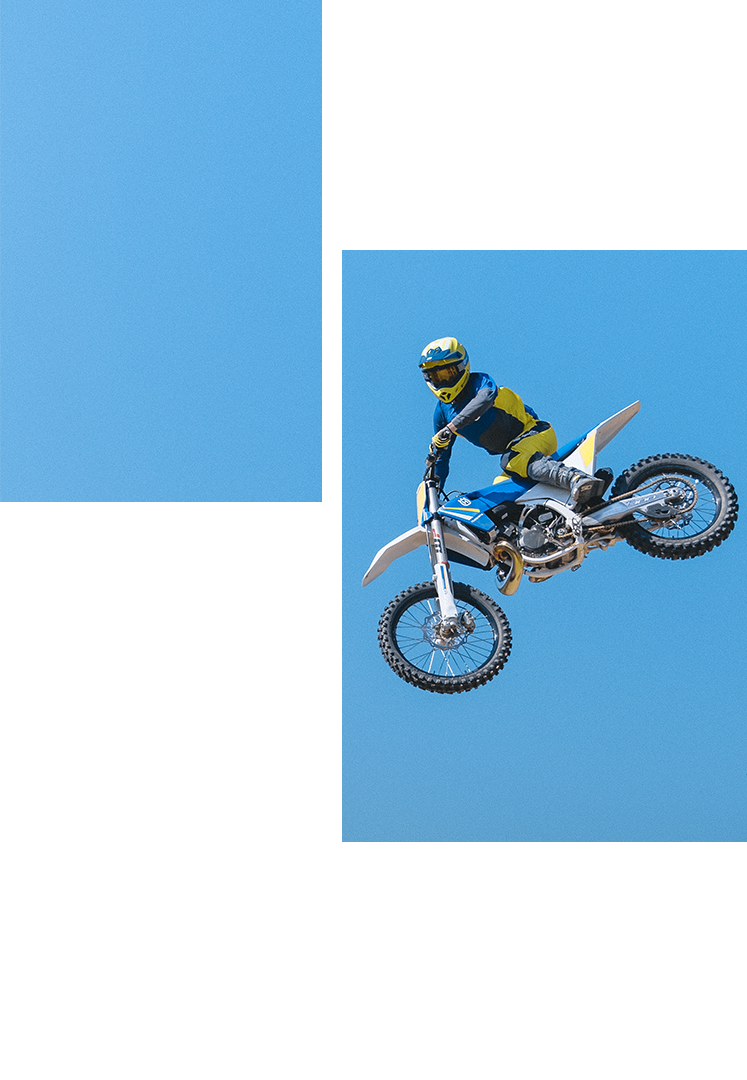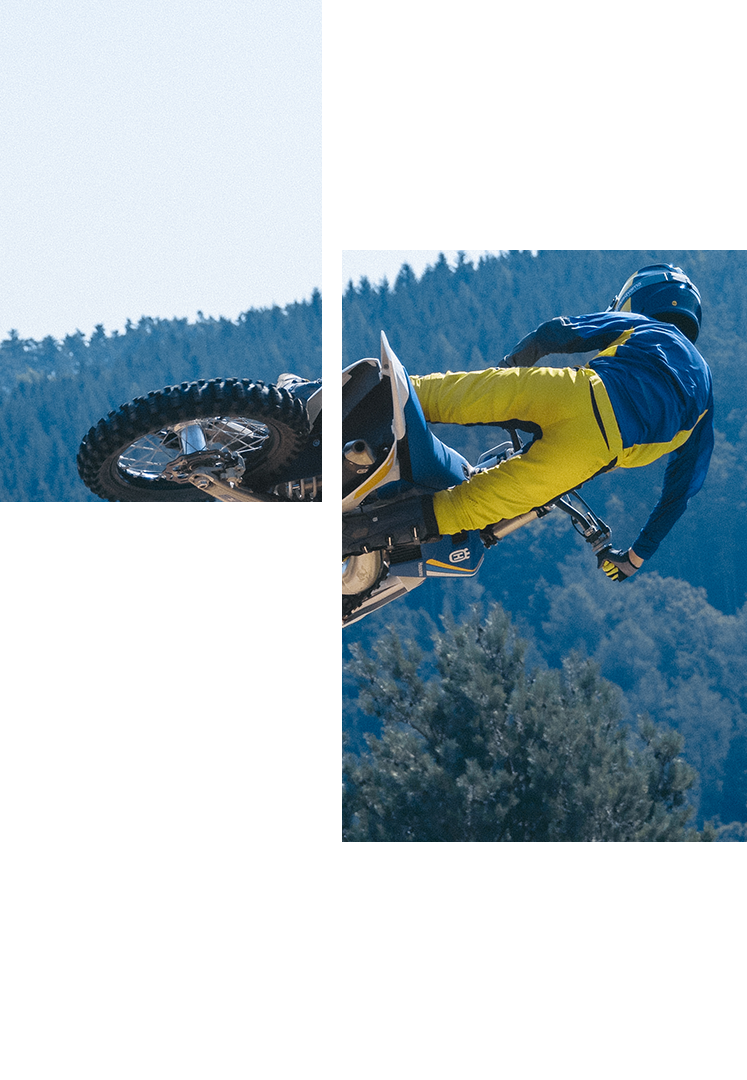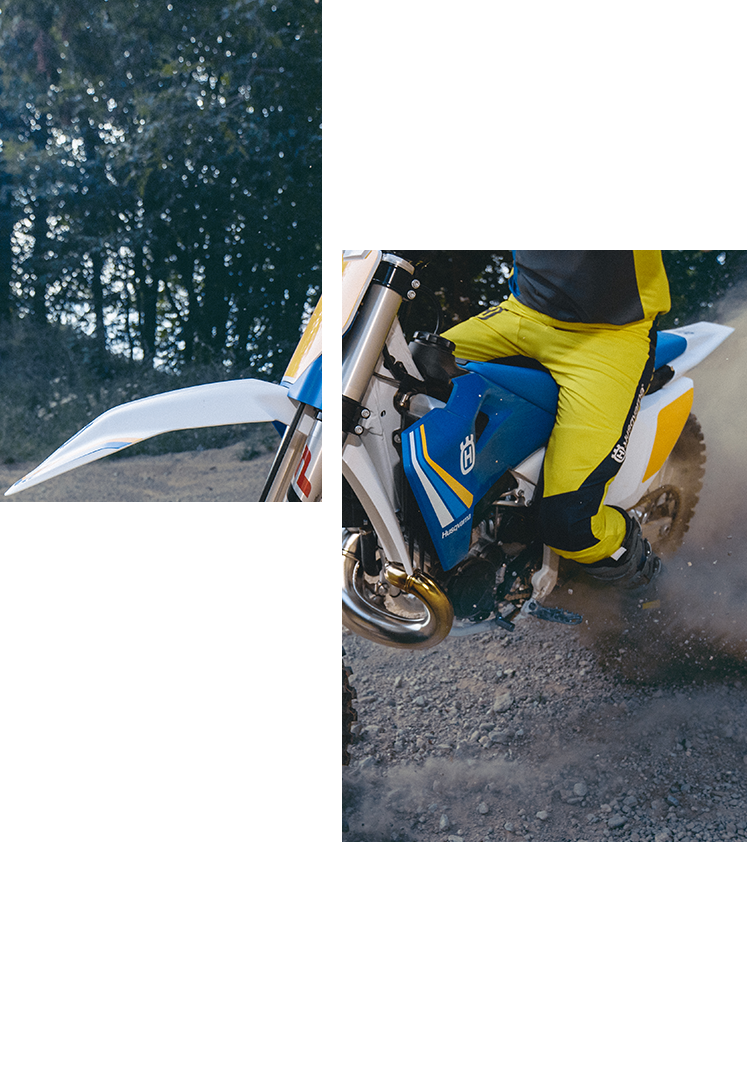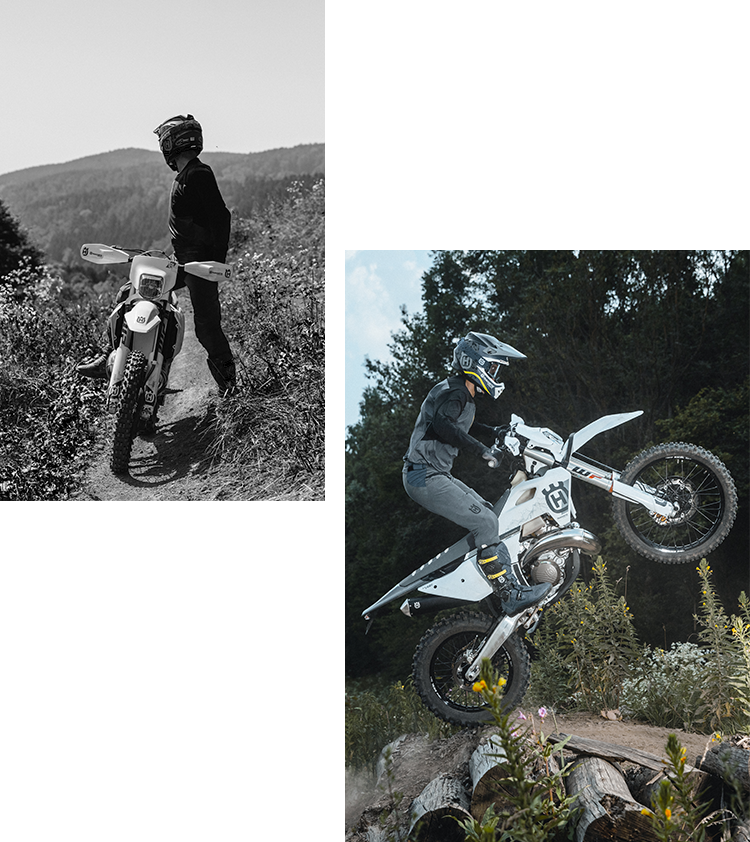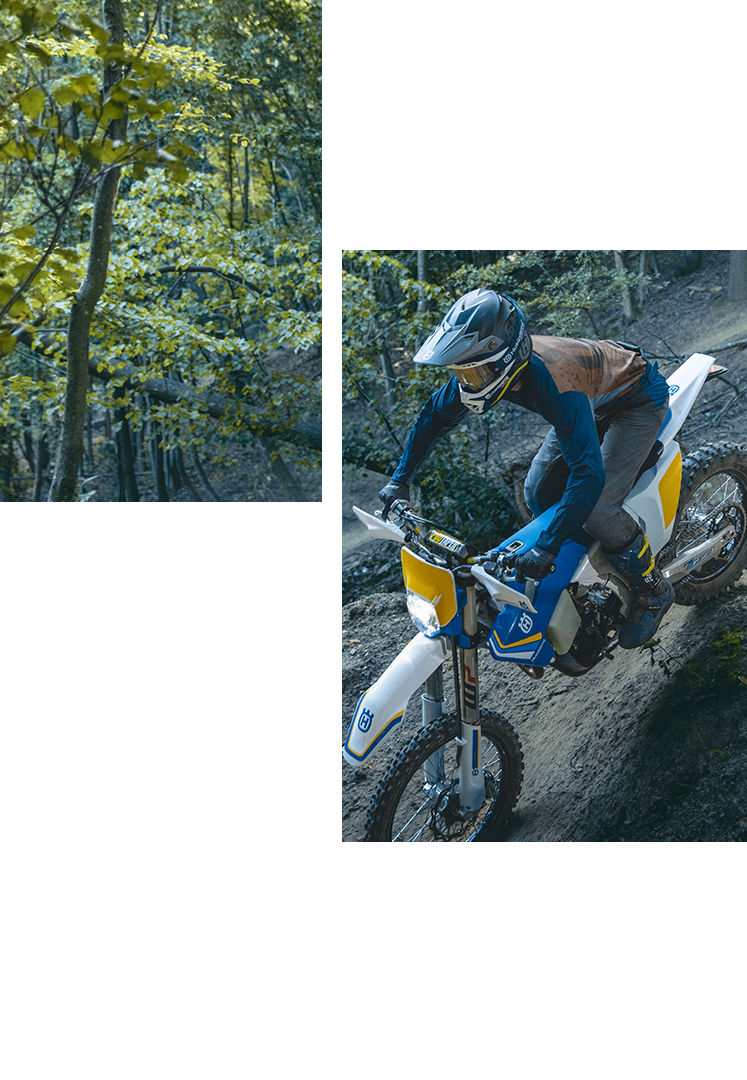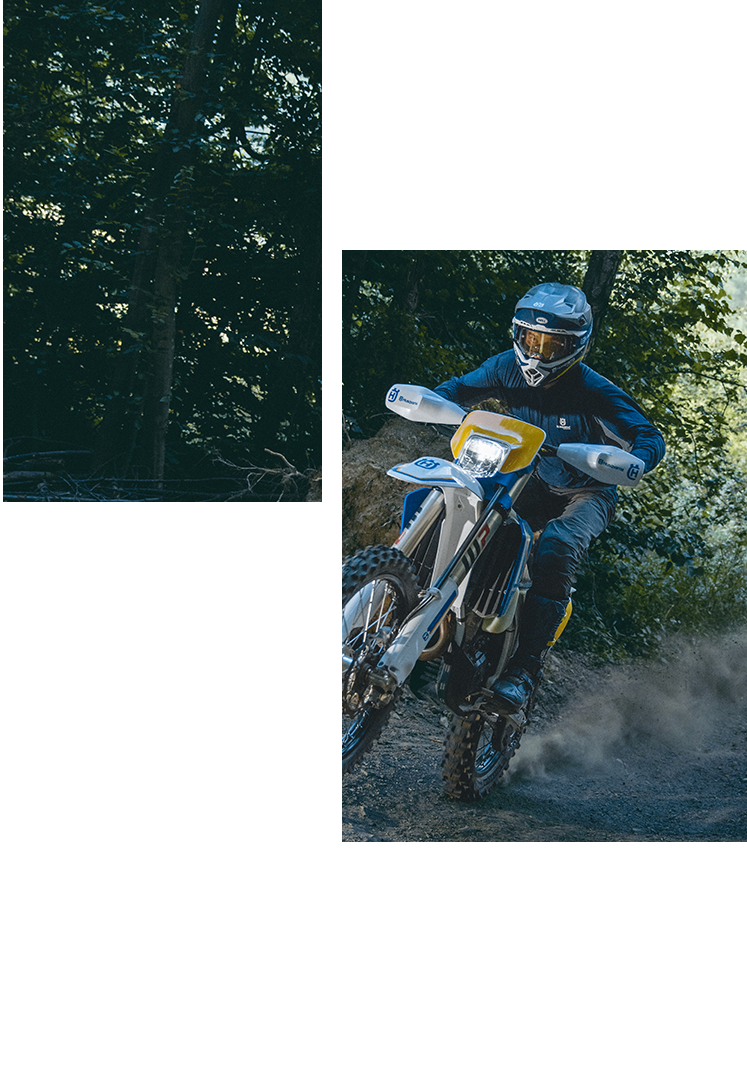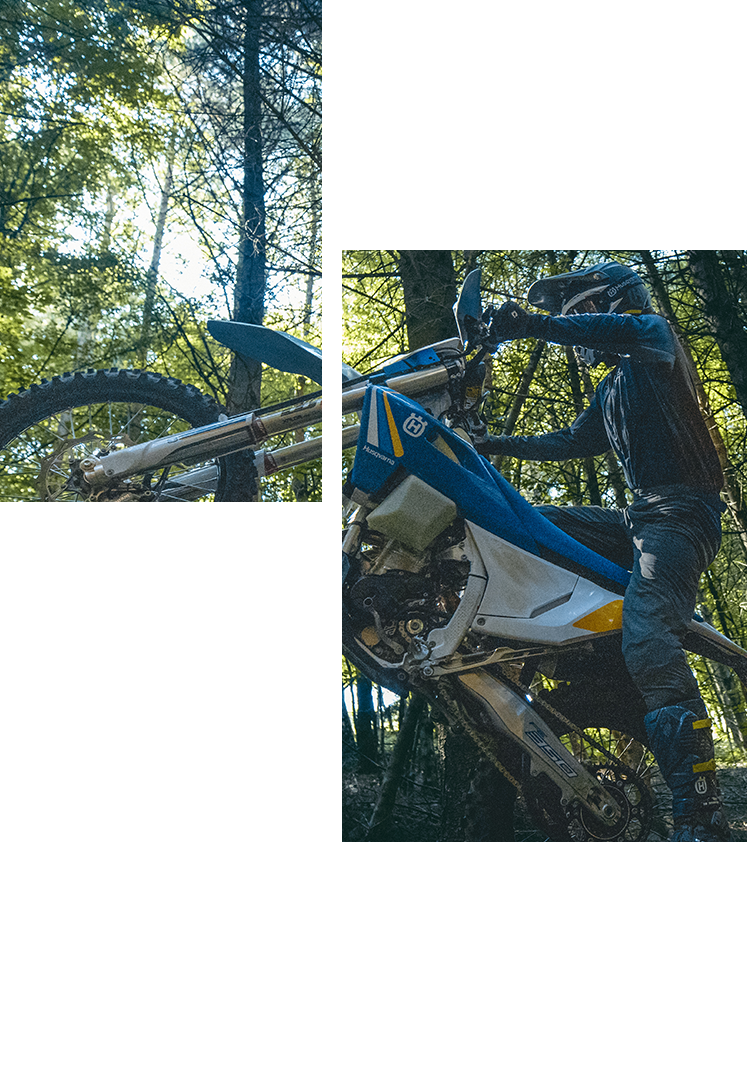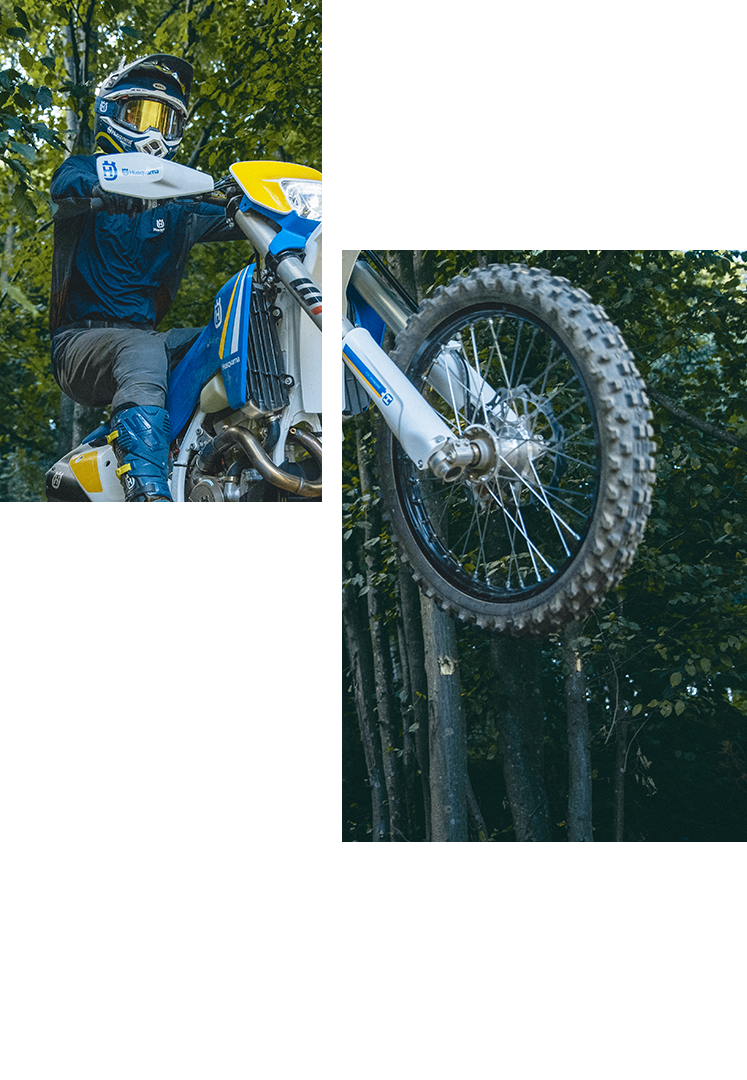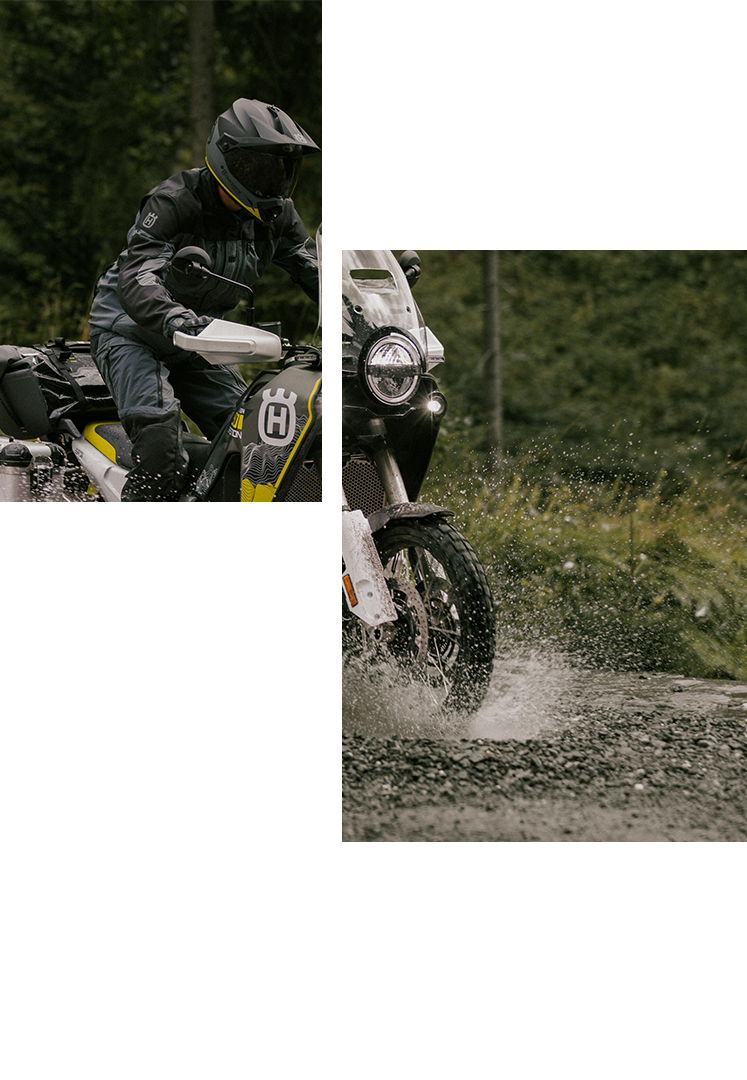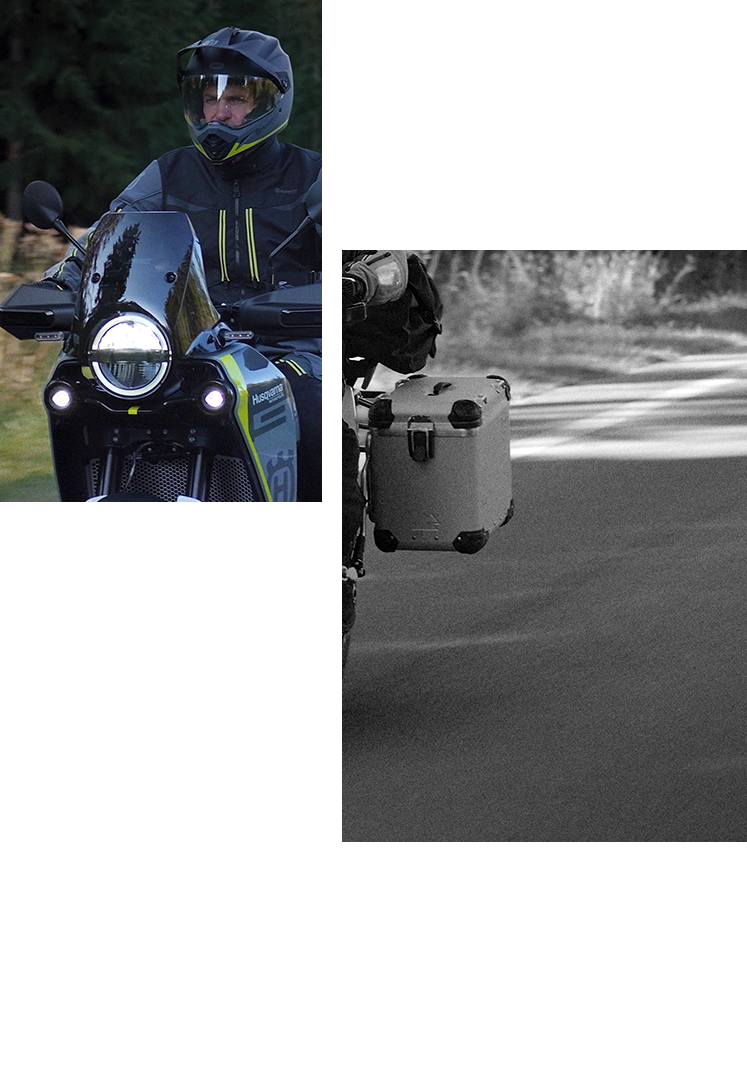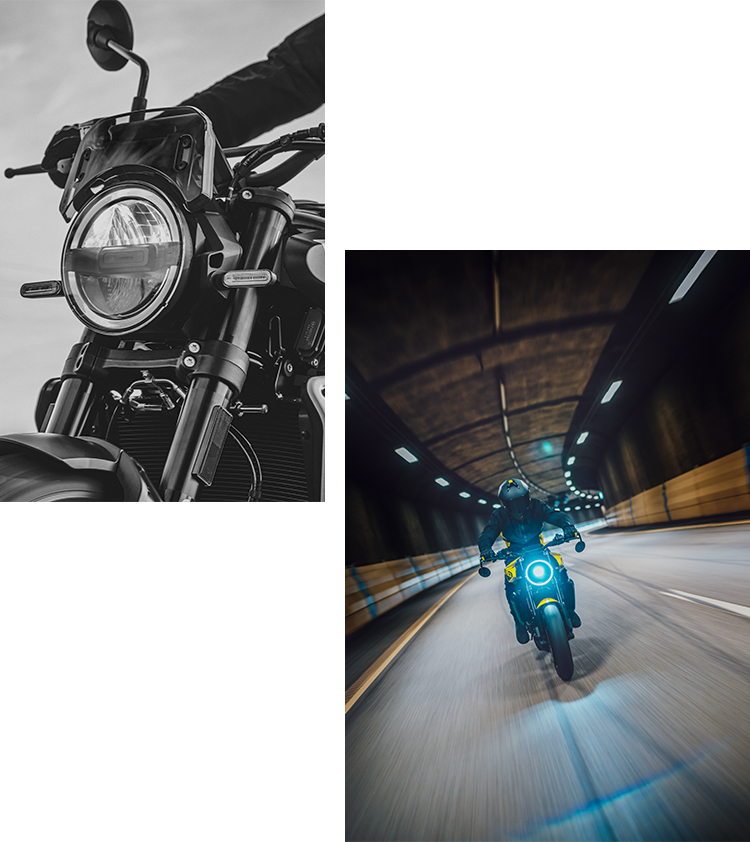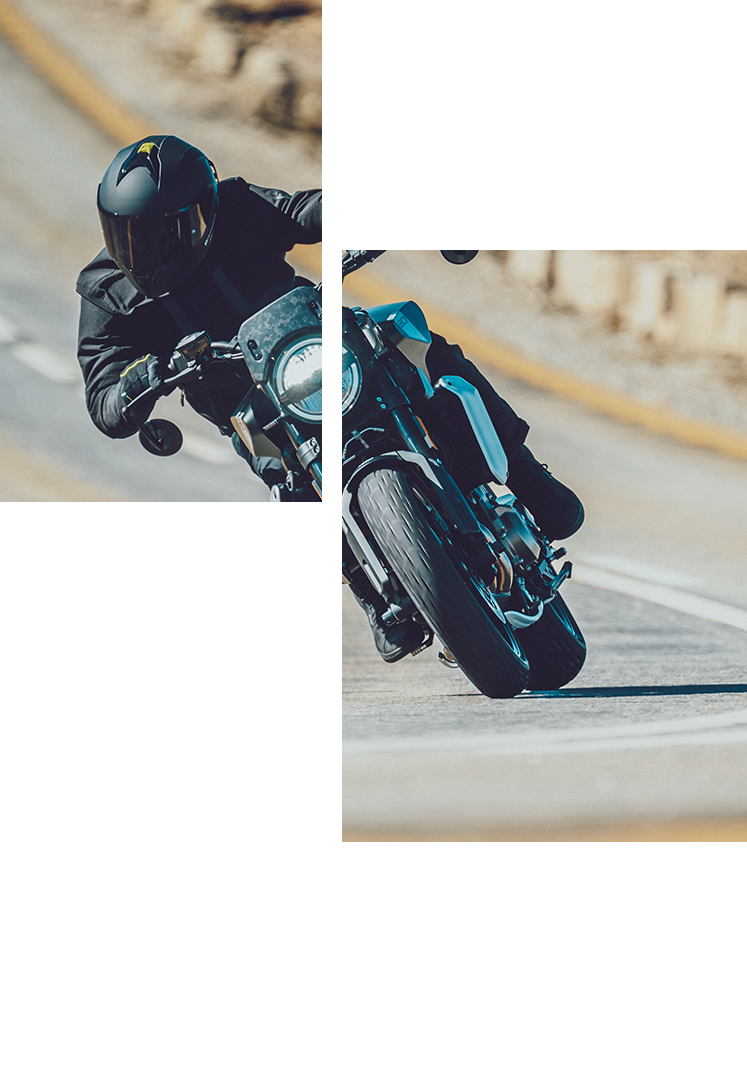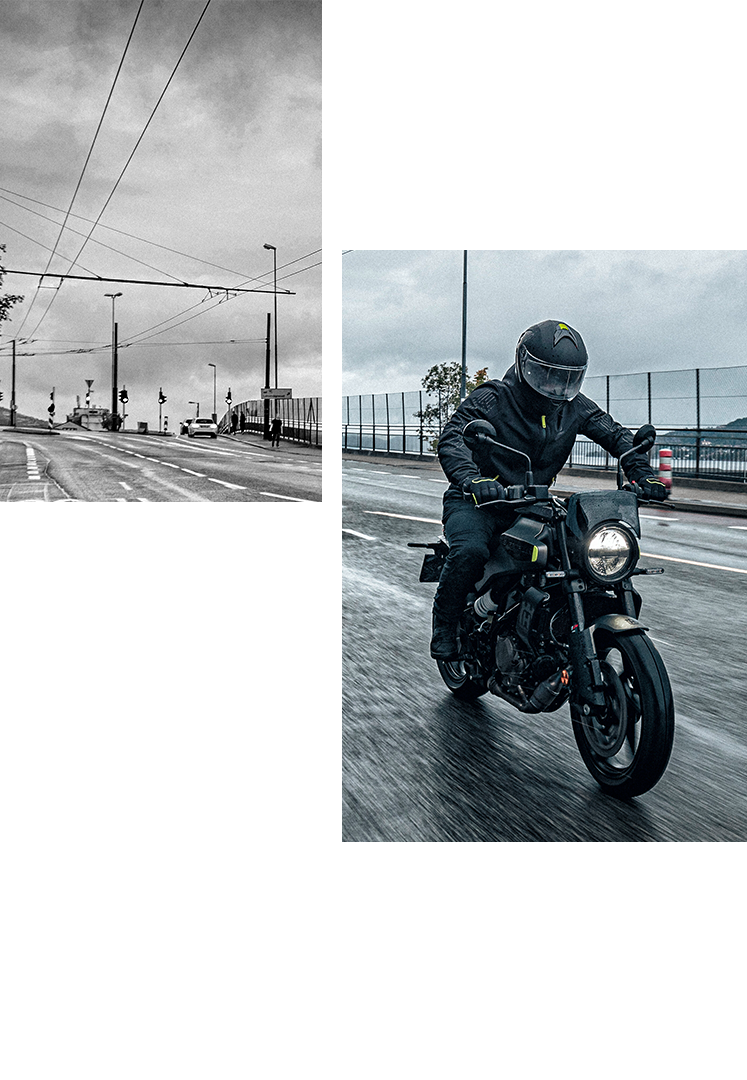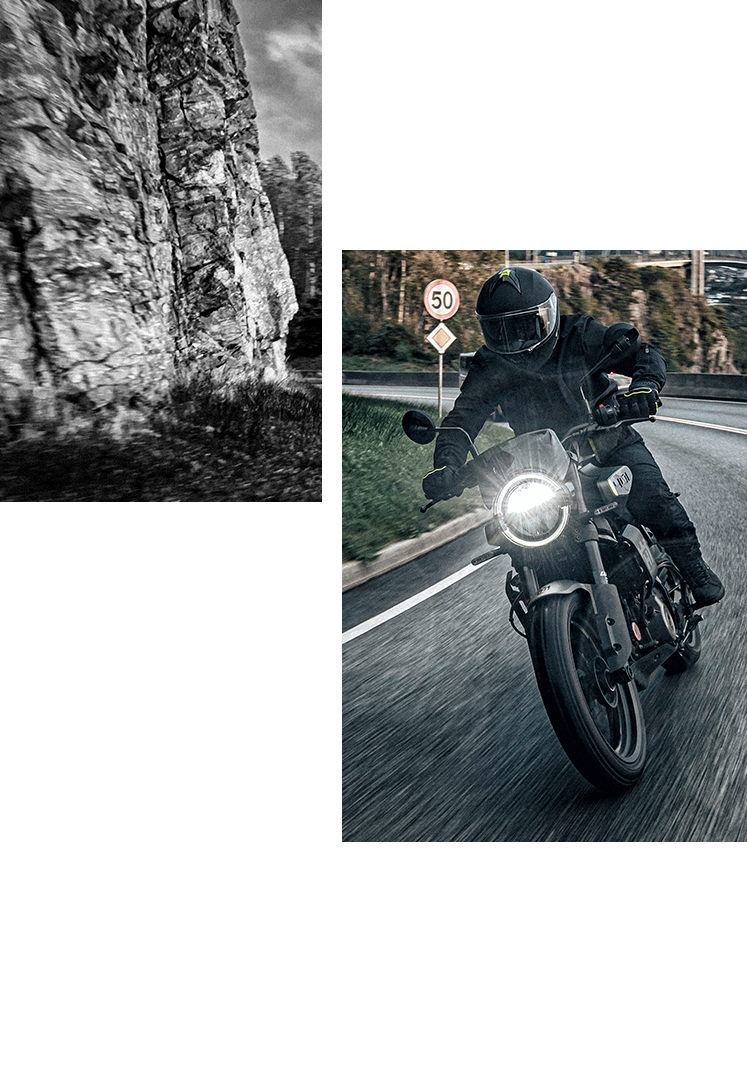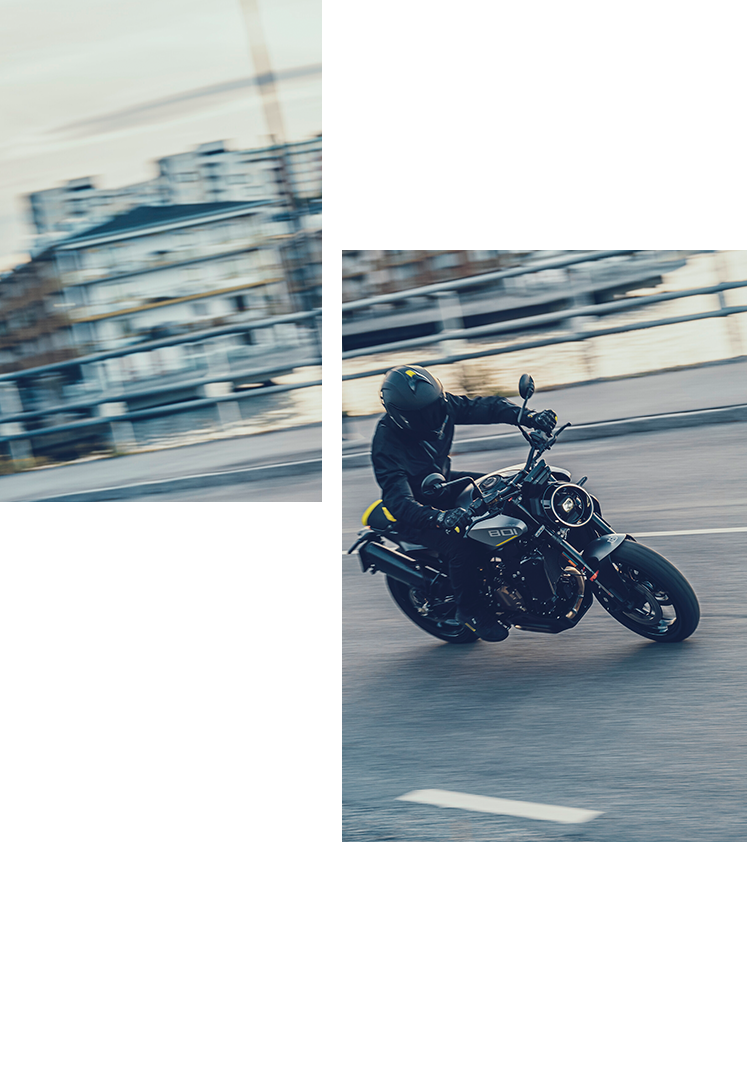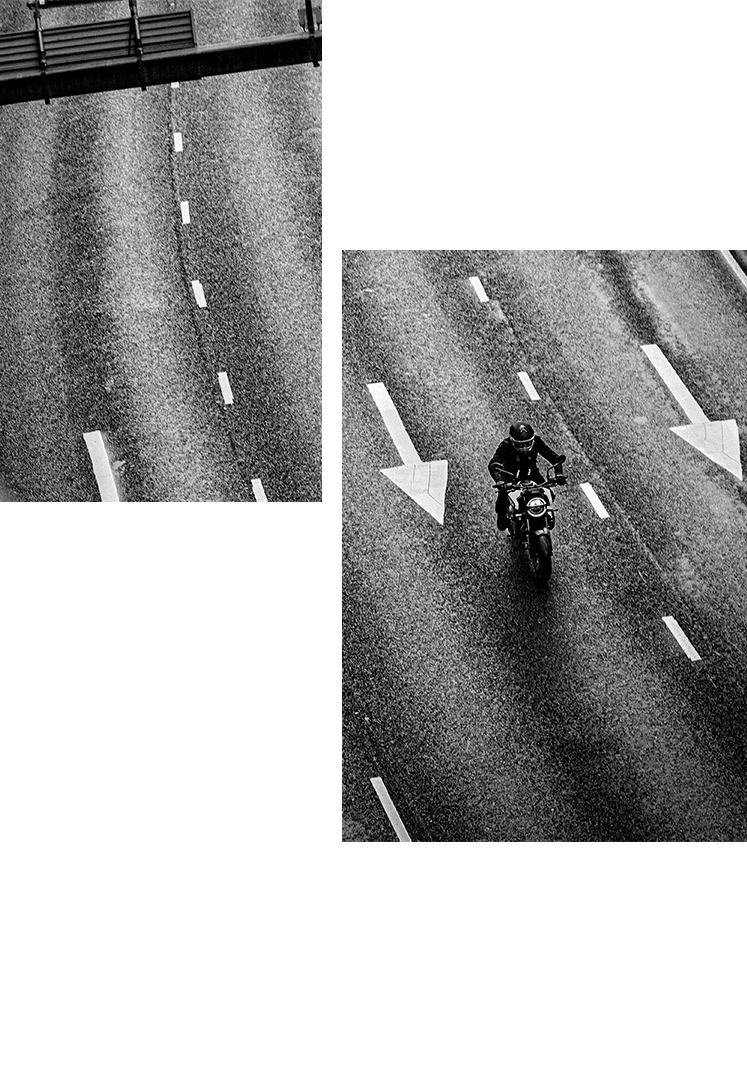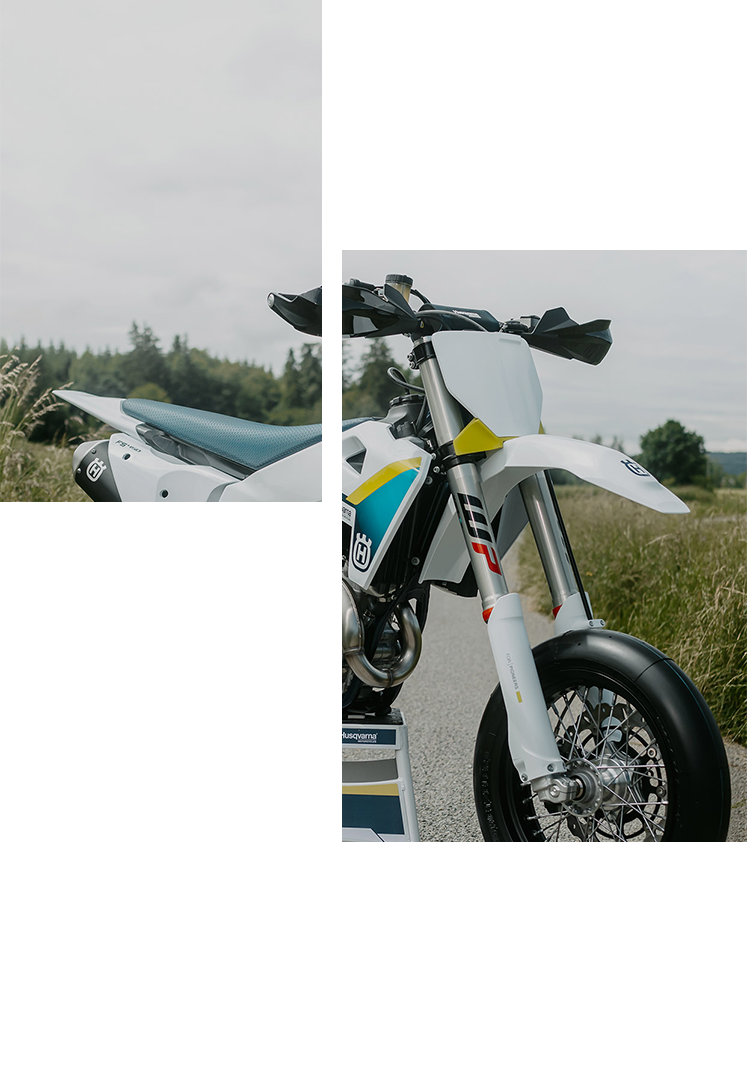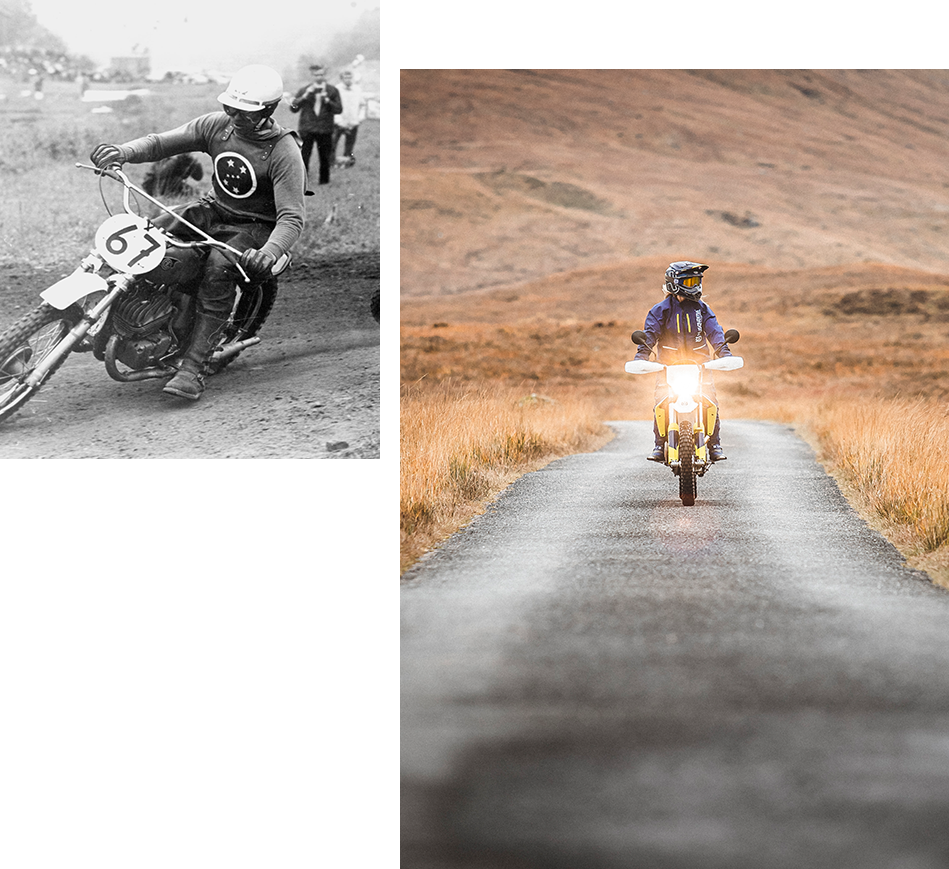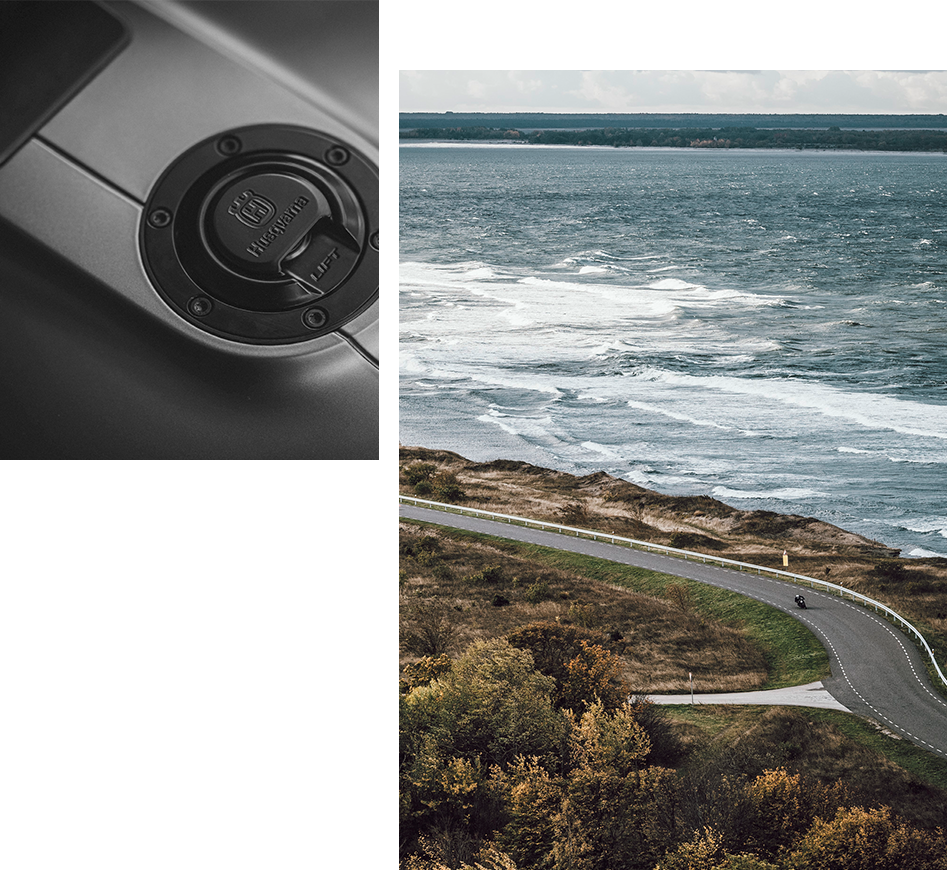Husky twin racer
By Kenneth Olausson
The Siamese MX twin racer from Husqvarna was a first of its kind. It was developed for the US market but also proved its merits with an overall win in the European FIM cup series in 1969.
In the middle of the 60s the first Viking machines from Sweden made an entry on the American market. After an introductionary period, the interest for the brand was constantly on the rise in the USA. It started with motocross machines, but then also the cross-country bikes made an impact with increasing sales of desert machines.
In the beginning of the 60s Husqvarna factory chief engineer Ruben Helmin had an idea of putting two 2-strokes together resulting in a potent twin engine with a displacement of half a litre. But it wasn't until in the autumn of 1967 that he began developing his thoughts into reality. Helmin used two 250cc engines and integrated them into one power plant. The pistons were the same as the regular 250 with two rings on each piston as opposed to the later 504 version with only one ring for each piston. The result was a 492cc power plant mounted into a 360 frame. The modifying consisted of other engines plates and using gearbox and parts from the 420cc Grand Prix bike then used in the world championship. "The engine developed some 50 horsepower at 6,000 rpm", said Ruben Helmin as the bike was introduced in 1968. The new Siamese twin racer was meant for the desert, but initially, there were also hopes for a brand new machine to compete with the big bore bikes widely used for motocross at this stage.
MX riders Torsten Hallman and Rolf Tibblin, representing the 250cc and 500cc classes respectively, made test runs with the new beast, which had lots of power and a 100+ mph top speed. "It was definitely not a machine for motocross", were the unanimous comments from the two world champions. But they were not proven entirely right...
After a further year of development the giant Husqvarna was over-bored to a displacement of 504cc, which made it eligible for the international FIM cup during 1969. Baja winner Gunnar Nilsson received the confidence from the factory in Huskvarna. In the five race series Gunnar went to beat the big bores and won the championship. Reliability and performance proved to be excellent. But despite the international success, the project was still only at an experimental stage.
Bench figures from 1968 showed that the power now was 52bhp at a healthy 6,800 rpm. The top speed was clocked at 110 mph using a 47-teeth rear sprocket instead of the commonly used 53 ratio. For carburation the Amal 32mm Concentric unit handled the breathing. Detail: two throttle cables were used from the carbs all the way up to the throttle. A Bosch ignition system was fitted which was slightly altered from the standard version. Flywheel and magneto originally came from a snowmobile, however still the same size as for the 400, but stronger for the twin. With the development the frame also had to be strengthened to cope with the additional power resources. Basically it was now the same as for the 400 Husqvarna. Heavy engine plates were used to match the big power plant. Two extra brackets were also mounted underneath the engine to serve as skid-plates. They also supported the frame and the mounting of the footpegs.
The first version of the twin racer ran with one upper exhaust pipe and another lower under the power plant. This did not give the bike sufficient ground clearance and the exhaust was soon changed to a two-into-one pipe system. The two pipes are brought together just under the fuel tank, which also had to be adjusted for desert use. It could swallow up to 15 litres of fuel and was fastened with leather straps for quick release. The full tank weight of the race-ready machine was 302 lbs (137 kilo).After the success in the FIM series, a 492cc machine was shipped to the USA for participation in the Mexican Baja 1,000 race. With two ace riders Gunnar Nilsson and J.N. Roberts they managed to win this classic with a good margin, despite a late crash in the dark when Nilsson had to spend almost half an hour searching for his bike in total darkness. Luckily, the incident occurred close to the finish in La Paz. The overall win was followed by a few other US races, but without success. It was decided not to progress the project.
